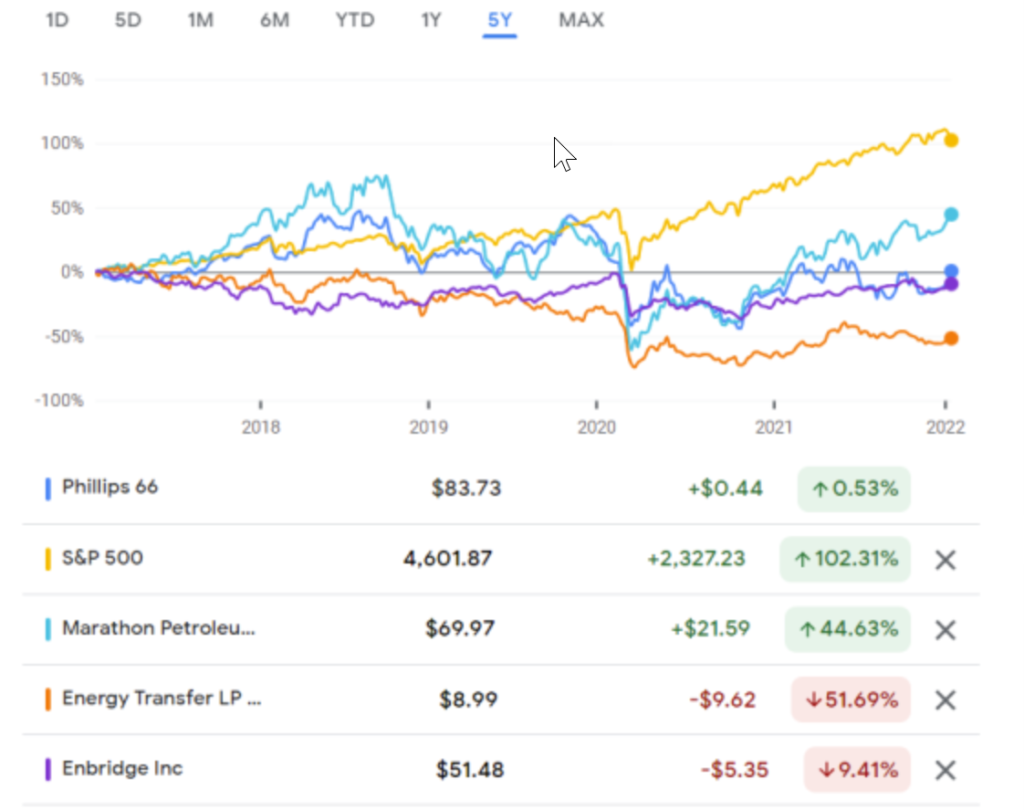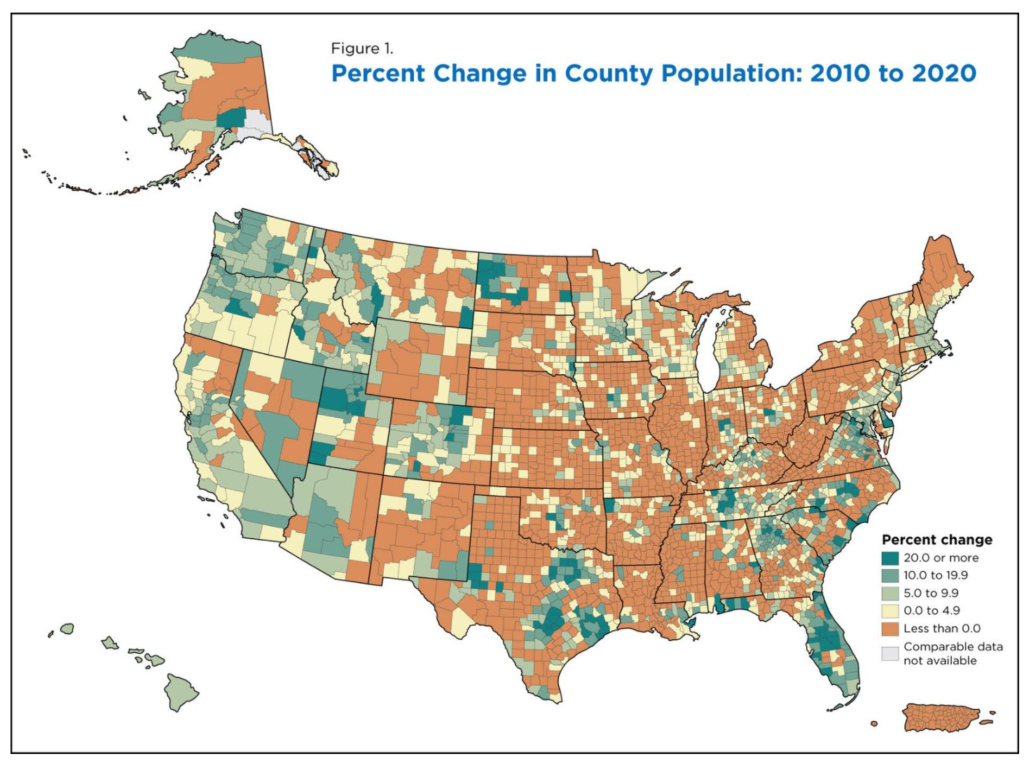Link: https://www.dailyposter.com/fossil-fuel-investments-are-burning-california-pensioners/
Graphic:

Excerpt:
California’s two biggest pension funds have invested a staggering $43 billion in fossil fuel companies, and their opposition to divesting from the industry — including fighting legislation that would have stopped them investing in firms involved with the controversial Dakota Access Pipeline (DAPL) — has cost retirees and taxpayers billions, research shows.
The findings hammer home the fact that the divestment movement isn’t just about protecting the planet from the worst effects of climate change. With the oil, gas, and coal industries all on the decline, pension funds’ refusal to divest from fossil fuels is also endangering the retirement savings of teachers, government employees, and other rank-and-file public workers who have paid into these funds.
….
While it is common knowledge that fossil fuel stocks have underperformed the broader stock market, large bank stocks have been lackluster as well — including the banks that helped finance DAPL.
If CalPERS and CalSTRS had not opposed the original DAPL divestment legislation, they could have instead put pressure on the companies involved not to move forward with the pipeline, and such efforts might have been enough to stop the project, given the pipeline project’s turbulent history.
Author(s): MATTHEW CUNNINGHAM-COOK, ANDREW PEREZ
Publication Date: 11 Jan 2022
Publication Site: The Daily Poster
